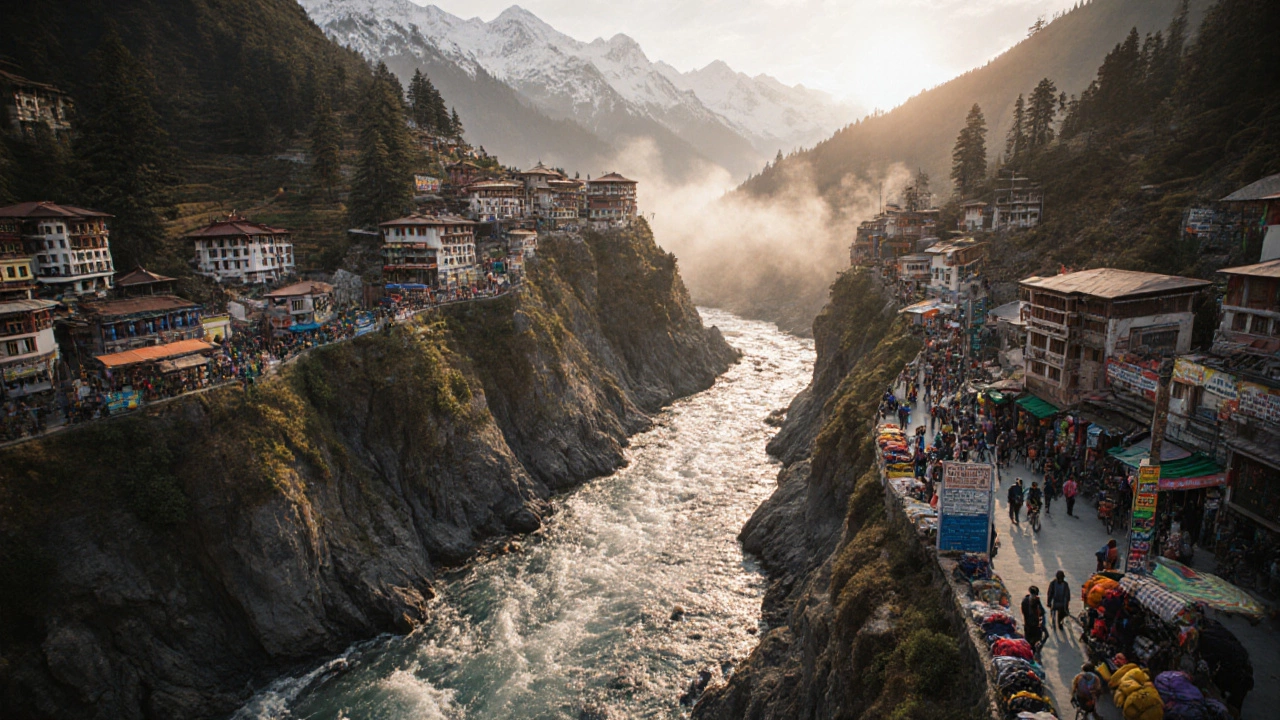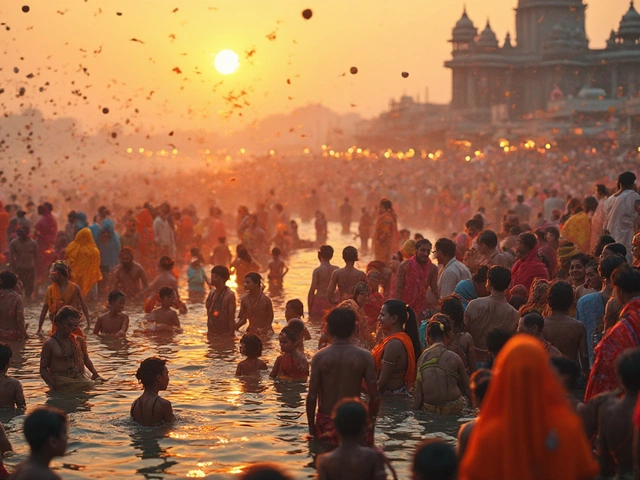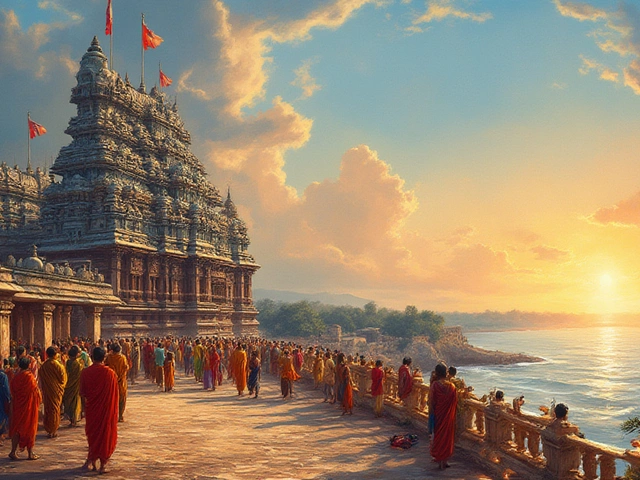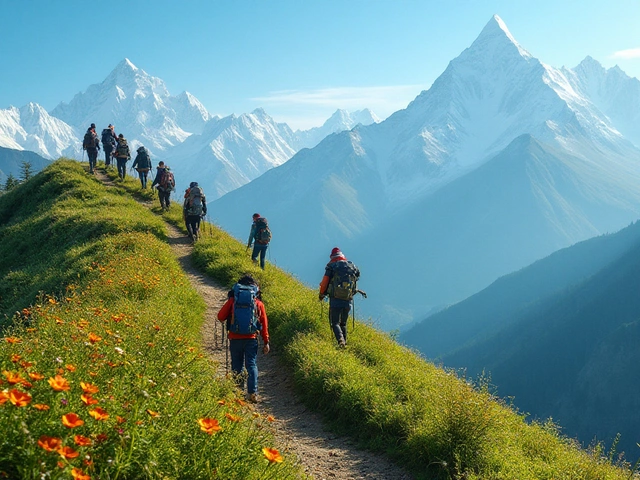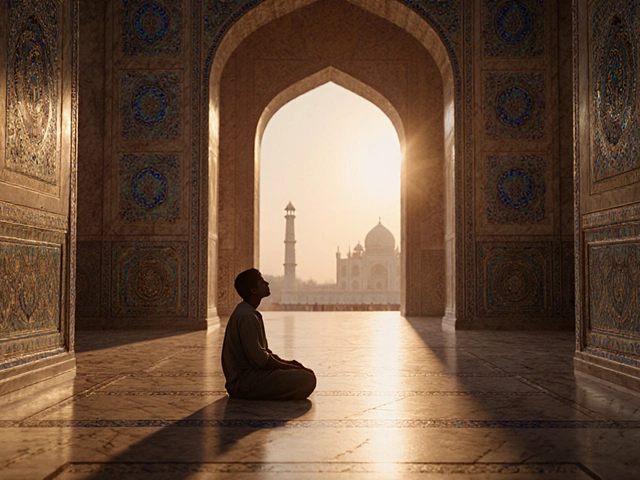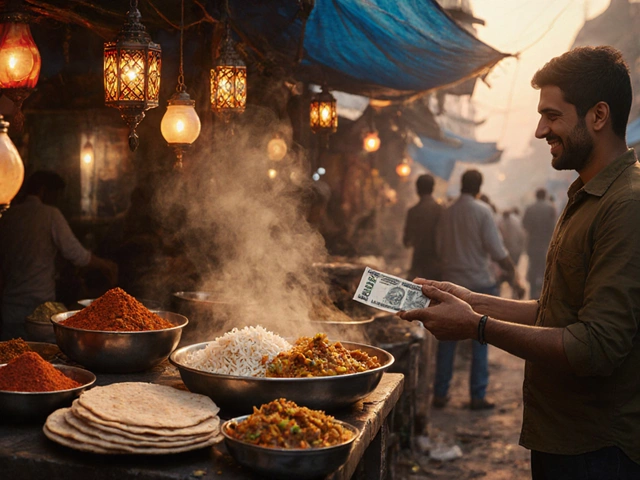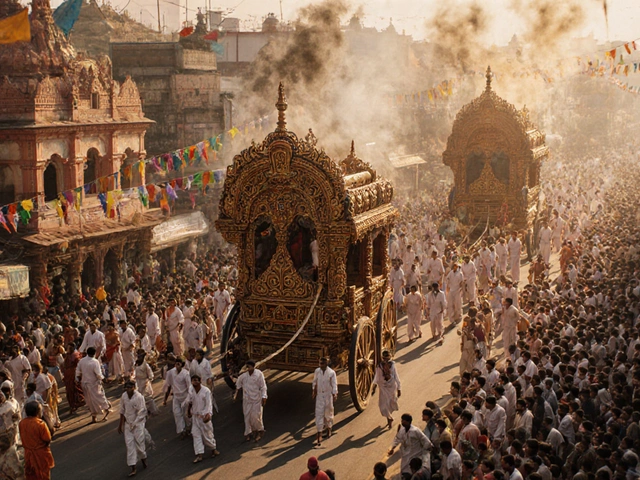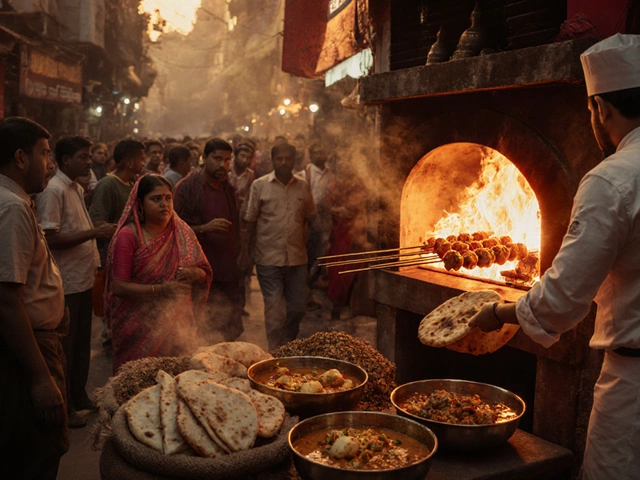Manali Trek Difficulty Calculator
Find Your Perfect Trek in Manali
Answer a few questions about your fitness level, experience, and season to get tailored trek recommendations from Manali's hiking capital.
Recommended Treks
This tool matches your fitness level and experience to treks mentioned in the article. Always consult with a local guide before your trek.
When travelers ask, “Which is the hiking capital of India?”, the answer rings clear: Manali hiking capital of the country. Nestled in the Kullu Valley of Himachal Pradesh, Manali blends stunning mountain scenery, a dense network of trails, and a thriving adventure community that makes it the top choice for trekkers of all levels.
What Makes Manali the Hiking Capital?
Manali is a hill station located at 2,050 meters in the Himachal Pradesh state of northern India. It sits where the Beas River carves a deep gorge, offering a natural gateway to dozens of high‑altitude routes. The town’s infrastructure - from budget hostels to luxury resorts, well‑marked trailheads, and a bustling market for gear - creates a frictionless experience for hikers.
Beyond logistics, Manali boasts diversity: alpine meadows, dense pine forests, glacial rivers, and snow‑capped peaks. This variety means a newcomer can start with a gentle valley walk and graduate to a multi‑day high‑pass trek without ever leaving the region.
Signature Treks Around Manali
Here are the most popular routes that draw trekkers from around the world:
- Parvati Valley Trek - A 7‑day journey from Kasol to Kheerganga, passing waterfalls, hot springs, and terraced villages. Best done between May and October.
- Hampta Pass Trek - Connects the lush green of Lahaul to the stark desert of Spiti. Ideal for first‑time high‑altitude trekkers, typically completed in 5‑6 days.
- Beas Kund Trek - A 3‑day trek that reaches an alpine lake at 3,800 meters, offering panoramic views of the Pir Panjal range.
- Bhrigu Lake - A moderate 2‑day hike to a pristine glacial lake, perfect for sunrise photography.
- Solang Valley Adventure Loop - Combines short treks with paragliding, zip‑lining, and ski‑boarding in winter months.
Each trail is supported by local guides, tea‑houses, and marked campsites, making navigation straightforward even for solo travelers.
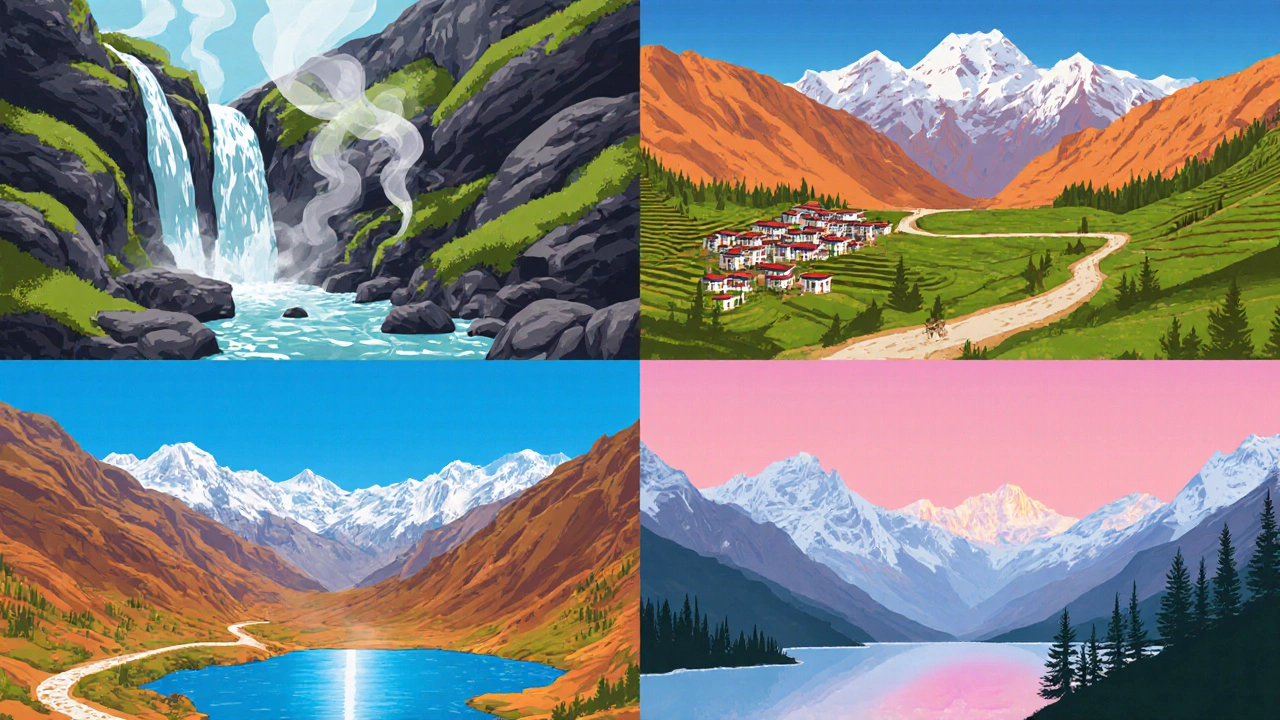
Planning Your Manali Hiking Trip
Getting There: The nearest airport is Bhuntar (Kullu) - a 45‑minute drive from Manali. Regular buses and shared taxis connect Delhi (≈12hours) and Chandigarh (≈8hours). For those who love road trips, the scenic NH3 ‘Himachal Highway’ offers breathtaking viewpoints.
Best Season: Late May to early October gives clear skies, moderate temperatures (10‑25°C) and open passes. Winter (December‑February) provides snow‑covered treks like Rohtang Pass, but requires proper cold‑weather gear and some passes may close.
Permits & Regulations: Most treks in the Manali region don’t need formal permits, but the Rohtang Pass (3,978m) requires a daily entry fee that can be booked online through the state tourism portal. For protected areas such as the Great Himalayan National Park, a simple registration at the forest office suffices.
Accommodation: Options range from riverside guesthouses in Kasol to luxury resorts in Manali town. For multi‑day treks, trekkers often stay in teahouses like those at Tosh, Kheerganga, or Spiti Valley - basic but comfortable, with hot meals and shared bathrooms.
What to Pack:
- Layered clothing - thermal base, fleece mid‑layer, waterproof shell.
- Sturdy trekking boots (rated for 30‑40km per day).
- Sleeping bag (rated to -10°C for high‑pass nights).
- Reusable water bottle + water‑purification tablets.
- Basic first‑aid kit, sunscreen, sunglasses, and a headlamp.
Local tour operators in Manali can arrange guided packages, equipment rentals, and transportation to trailheads. Hiring a guide not only enhances safety but also enriches the experience with stories about the region’s ecology and culture.
How Manali Stacks Up Against Other Indian Trekking Hubs
| Destination | Altitude Range | Best Trek Months | Infrastructure | Unique Feature |
|---|---|---|---|---|
| Manali (Himachal Pradesh) | 1,500-4,000m | May-Oct | High (airports, hotels, guides) | Blend of valley walks & high‑pass treks |
| Leh‑Ladakh (Jammu & Kashmir) | 3,000-6,000m | June-Sept | Medium (basic lodges, limited transport) | Arid high‑altitude desert scenery |
| Rishikesh (Uttarakhand) | 500-2,000m | Oct-Mar | Moderate (hostels, yoga retreats) | River valley treks + spiritual vibe |
| Sikkim (Eastern Himalaya) | 1,000-5,500m | Apr-Jun, Sep-Oct | Low‑Medium (few luxury options) | Rich biodiversity, Buddhist monasteries |
Manali stands out for its high‑season accessibility, a balance of difficulty levels, and a thriving support ecosystem. If you crave rugged desert landscapes, Leh‑Ladakh shines; for spiritual riverside treks, Rishikesh is unmatched; for mist‑covered rhododendron forests, Sikkim leads. Choose based on your fitness, climate preference, and cultural curiosity.
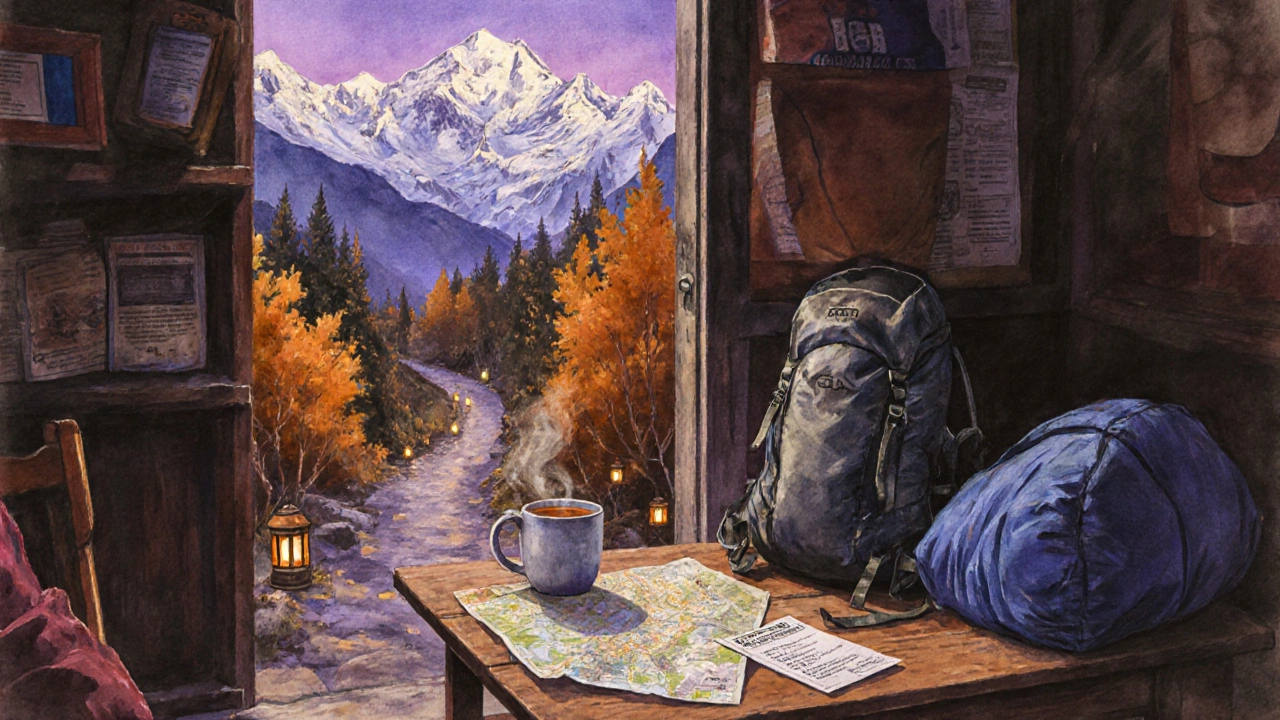
Safety, Gear, and Local Guidance
Altitude sickness can affect anyone above 2,500m. Acclimatize in Manali for a day or two before attempting passes like Rohtang or Hampta. Hydration is key - drink at least 3liters of water daily.
Local guide agencies such as Adventure 365 or Himalayan Treks provide trained sherpas who know the weather patterns and emergency contacts. Always carry a charged mobile with local SIM, and share your itinerary with a friend or family member.
For gear rental, Manali’s main market near Mall Road offers everything from crampons to portable stoves. Renting saves luggage weight and lets you try premium equipment without the upfront cost.
Frequently Asked Questions
Is Manali really the hiking capital of India?
Yes. Manali hosts the highest concentration of well‑maintained trails, varied terrain, and tourist infrastructure, making it the most visited and supported hiking hub in the country.
When is the best time to trek in Manali?
Late May through early October offers clear weather and open mountain passes. For snow‑covered treks like Rohtang, December to February works if you have proper winter gear.
Do I need a permit for most Manali treks?
Most trails are free, but Rohtang Pass and protected areas require a small entry fee or registration at the forest office. These can be arranged online or via local guide services.
What level of fitness is required?
Beginner-friendly treks like Bhrigu Lake need basic stamina. High‑altitude routes such as Hampta Pass benefit from moderate fitness and prior trekking experience.
Can I hike solo in Manali?
Solo trekking is possible, especially on well‑traveled routes, but hiring a local guide adds safety and cultural insight. Always inform someone of your daily plans.
